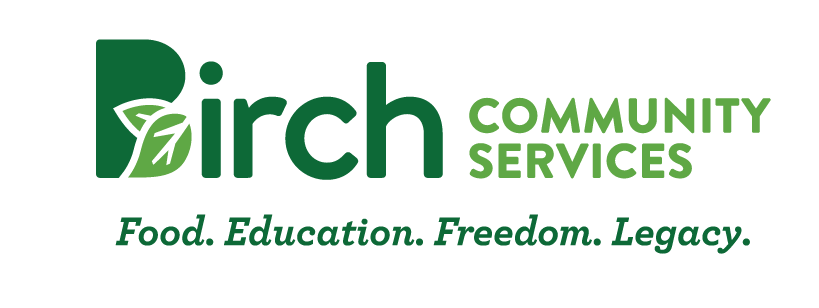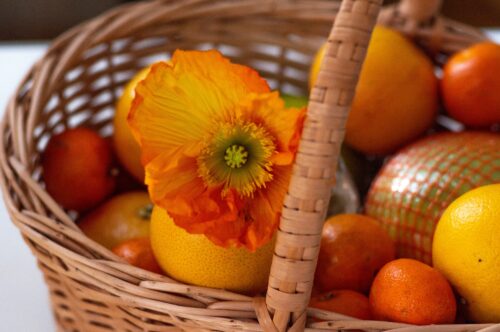
Orange and yellow foods have many of the same phytonutrients in common that give them their color. These foods are excellent for eye health, immune support, heart health, and more! Today we talk about three nutrients commonly found in those bright and cheery orange and yellow foods: carotenoids, hesperidin, and naringenin. If you missed our first post in the Rainbow Nutrition series about red foods, check it out here.
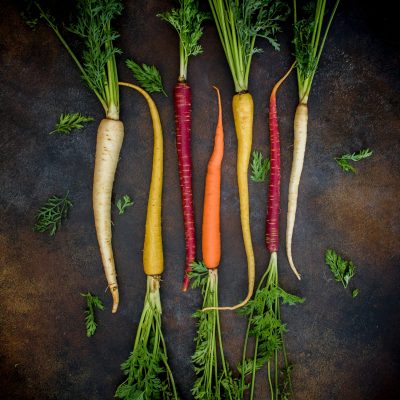

Carotenoids
- Foods rich in carotenoids include carrots, winter and summer squash, corn, papaya, sweet potatoes, orange citrus, and sweet bell peppers.
- Carotenoids are actually a broad category of phytonutrients which include beta-carotene, lutein, zeaxanthin, beta-cryptoxanthin, and other orange and yellow chemicals.
- Some carotenoids convert into vitamin A in the body, which is important for healthy eyes, skin, bones/teeth, reproductive health, and immune function.
- Carotenoids reduce inflammation by preventing the oxidation of lipids (fats), protecting your cells, and preventing the formation of reactive oxygenated species (ROS) which are early encouragers of various chronic health issues like cataracts, cancer, diabetes, and cardiovascular diseases.
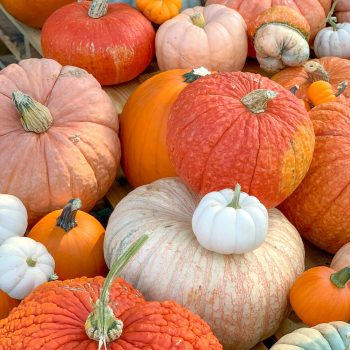

Hesperidin
- Hesperidin is most concentrated in oranges and lemons, but is also found in green foods like limes and peppermint.
- Studies have shown that hesperidin can reduce cholesterol and blood pressure and is anti-inflammatory.
- This powerful flavonoid strengthens and restores veins and capillaries, supporting cardiovascular health.
Naringenin
- Naringenin is most concentrated in oranges, grapefruit, and tomato skin – especially yellow and orange tomatoes that have been cooked!
- Naringenin offers antioxidant and anti-inflammatory abilities.
- It’s been shown to lower cholesterol levels.
- This bitter-tasting flavonoid has a synergistic effect with vitamin C, which helps your body protect its cell membranes.
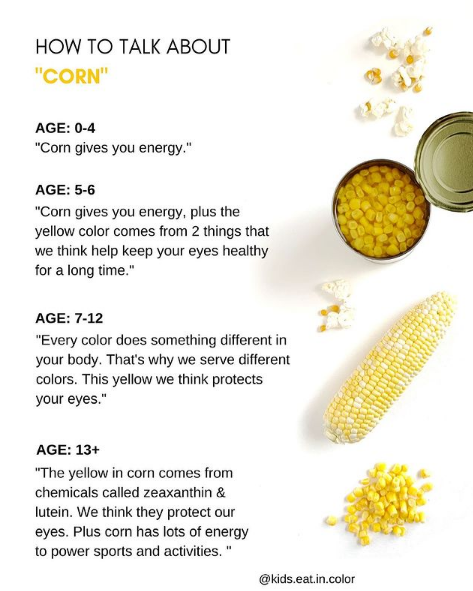

Tips for Orange & Yellow Foods
- Citrus mesocarp, or pith, is the white part found between the peel and the juicy part of the citrus fruit – and it’s packed with nutrients like hesperidin and naringenin! Try leaving a little more pith on each time so you get used to the flavor, or throw a lightly peeled citrus fruit in the blender/juicer so you don’t notice the pith as much.
- Vitamin C is plentiful in yellow and orange foods. Be sure to pair iron-rich foods with Vitamin C to help your body absorb as much of that iron as possible!
- Vitamin A is a fat-soluble vitamin, meaning that it needs to be consumed along with fat in order to be absorbed by the body. Including as little as 1 tablespoon of fat is enough to make sure you’re getting the Vitamin A from your orange and yellow foods!
- Carotenoids are sometimes easier to absorb from cooked or pureed preparation methods rather than raw, so be sure to switch it up!
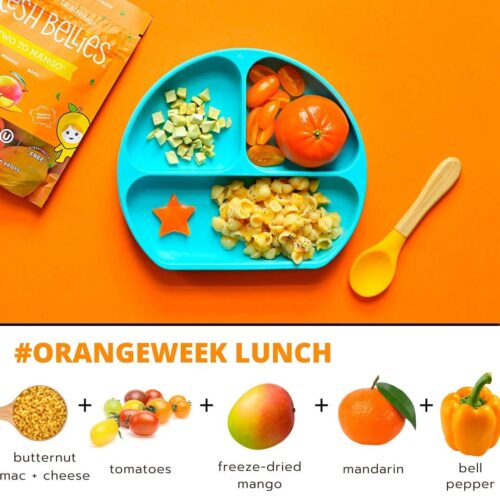

Recipes
The great thing about eating the rainbow is you have lots of different ways to get these nutrients into your diet! Here are some orange and yellow food recipes to get your creative gears turning:
- Instant Pot Butternut Squash Soup by Gimme Some Oven (this is delicious with other kinds of winter squash too!)
- Fudgy Sweet Potato Brownies by Minimalist Baker
- Mellow Yellow Super Smoothie by Fork in the Road
- Citrus, Avocado, and Fennel Salad by Love and Lemons
What are some of your favorite recipes featuring orange or yellow foods?
